The Passing of the Third Floor Back
7.4 /10 1 Votes
8/10 Letterboxd Genre Comedy, Drama, Fantasy Language English | 6.9/10 IMDb Duration Country United Kingdom | |||||||||||||||||||||||||||||||||
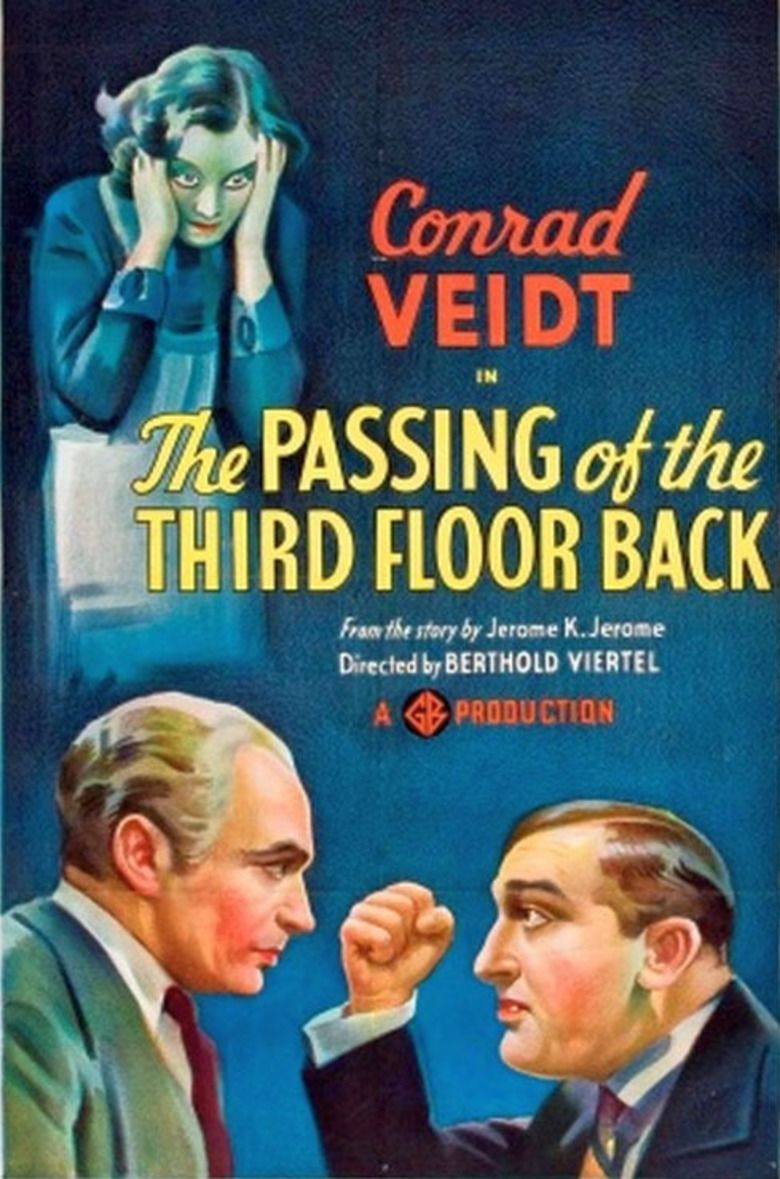 | ||||||||||||||||||||||||||||||||||
Release date 1935 (1935) Cast (The Stranger), René Ray (Stasia), (Vivian Tomkin), (Chris Penny), (Mrs Sharpe), (Wright)Similar The Wandering Jew (1933 film), Broken Blossoms (1936 film), The 39 Steps (1935 film) | ||||||||||||||||||||||||||||||||||
Conrad veidt in the passing of the third floor back
The Passing of the Third Floor Back is a 1935 British drama film directed by Berthold Viertel and starring Conrad Veidt, Anna Lee, Rene Ray and Frank Cellier. The film is based on a 1908 play and short story by Jerome K. Jerome and depicts the various small-minded inhabitants of a building and the arrival of a stranger who works to redeem them. The work had previously been adapted into a 1918 film version by Herbert Brenon.
Contents
- Conrad veidt in the passing of the third floor back
- Conrad veidt in the passing of the third floor back 1935
- Plot
- Cast
- Production
- Reception
- References
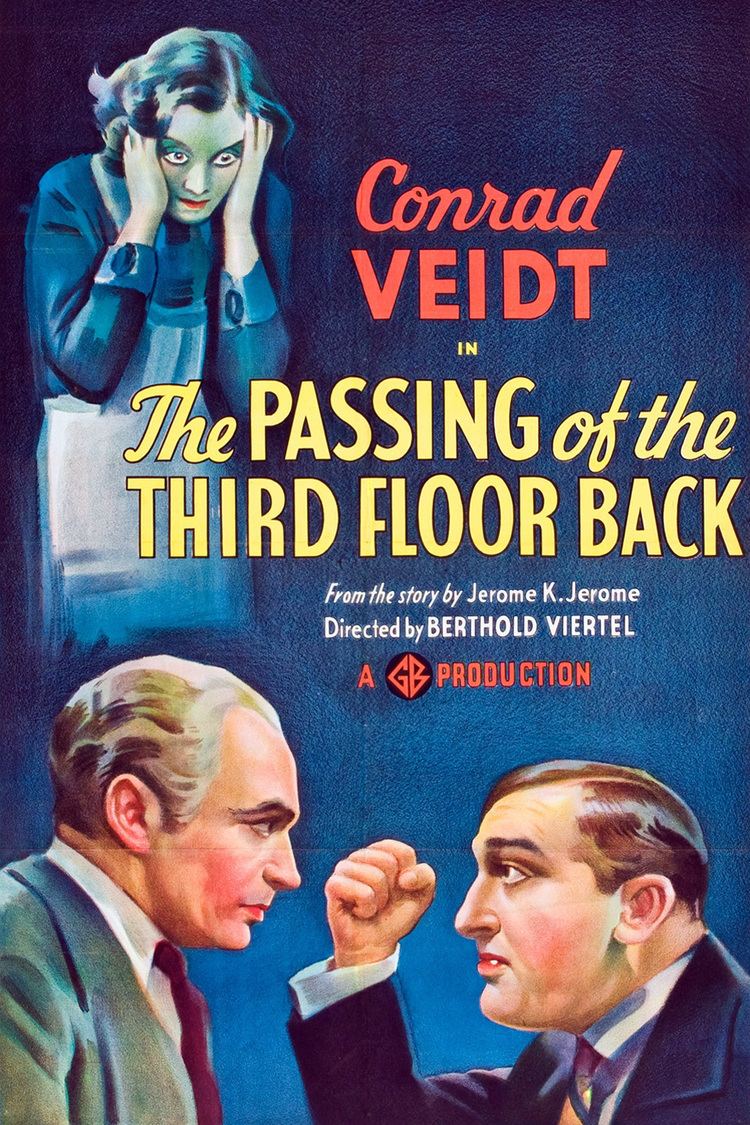
Conrad veidt in the passing of the third floor back 1935
Plot
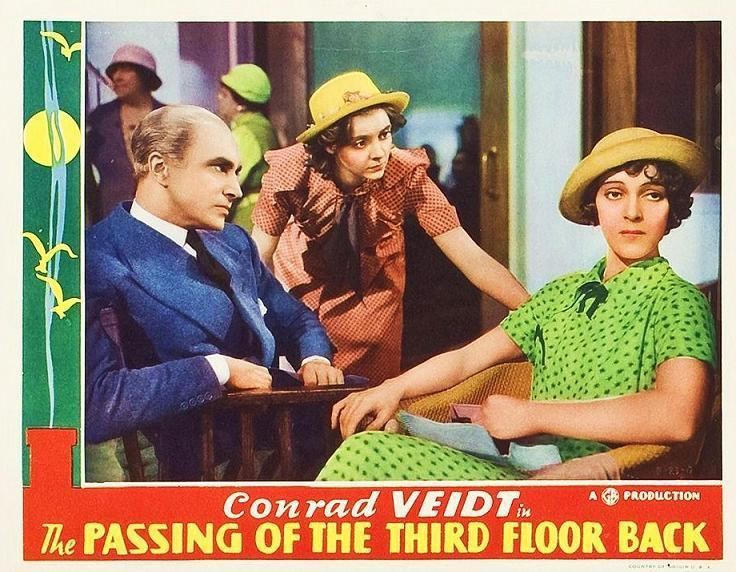
The film focuses on a run-down boarding house in London, home to an assorted group of residents. Many of them cling precariously to their social positions with only one figure, the wealthy self-made businessman Mr Wright, being truly successful. The house is owned by the grasping Mrs Sharpe, who mistreats the maid, Stasia, a rehabilitated juvenile delinquent. The various members of the household are miserable and openly sneering and rude towards each other, the one exception being the respect shown by all to the powerful Mr Wright. In the case of one couple, Major Tomkin and his wife, this involves pressuring their daughter Vivian to marry Wright in spite of her obvious horror at the idea.
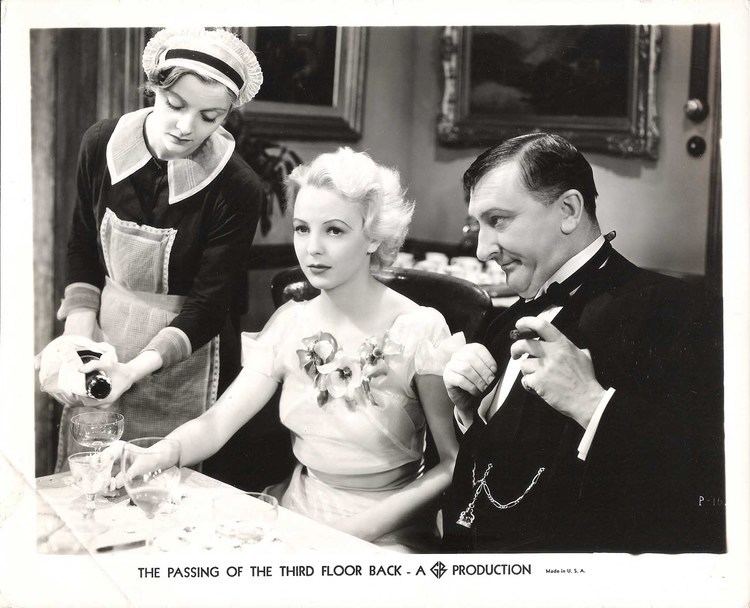
The house's familiar routine is thrown off-balance by the sudden arrival of a mysterious foreign stranger, (secretly an angel) earns the respect of the others in the house, especially that of Stasia. He takes a room on the "third floor back" and joins the residents for the dinner supposedly held in celebration of the marriage between Wright and Vivian. It becomes evident that she doesn't want to marry Wright, as she is in love with one of the other lodgers, and she storms out of the room. The desperate Major later tries to convince Wright that it is a misunderstanding and that the engagement is still on, as he and his wife are terrified by the loss of security if the marriage is broken off.

The stranger observes the meanness shown by the other members of the house, and gently encourages them to treat each other better and to pursue their dreams rather than live in fear about their precarious social position. This gradually begins to work with some of the house's members convinced by his charisma. One bank holiday, the stranger announces that he will treat them all to a trip on a boat to Margate, surprising the more snobbish residents by insisting that the servants, including Stasia, will join them. Despite the initial awkwardness, the outing soon begins to go well. When Stasia falls in the River Thames, one of the women jumps in to save her life. Once she is rescued, she is looked after by the Tomkins, who treat her as though she were their daughter, and also begin to regret their bullying of their own daughter into a marriage with Wright. During the trip various members of the house begin to enjoy themselves and treat each other with more respect.
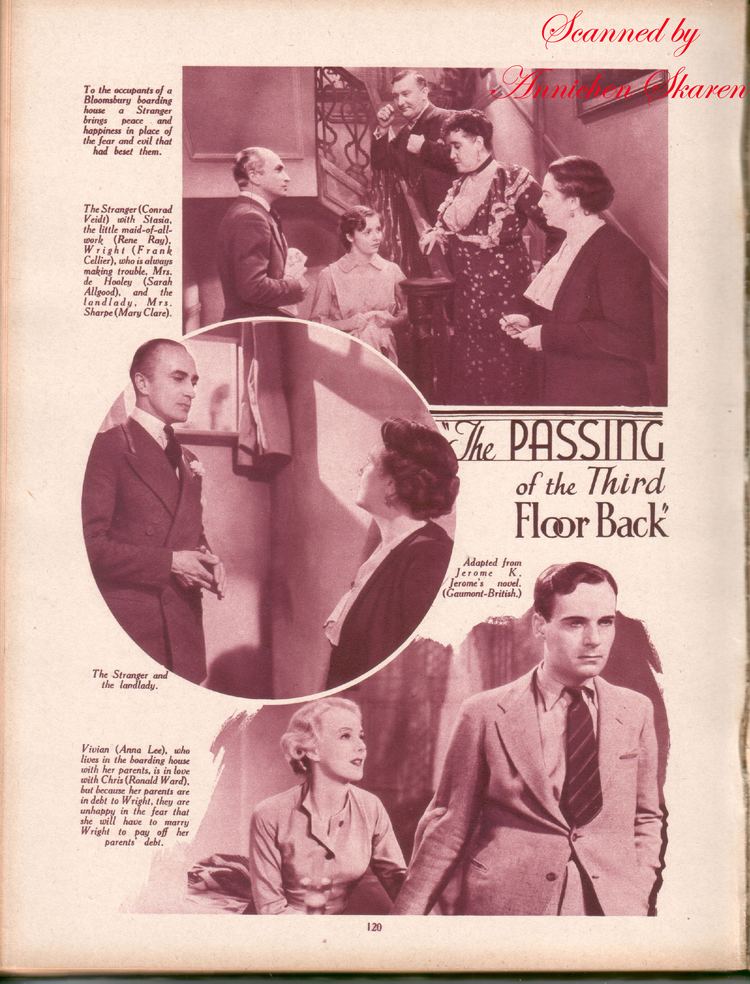
This change in their situation earns Wright's resentment, and he begins to spitefully plan to wreck the stranger's attempts to reform the guests. This becomes apparent when the next day the inhabitants return to their previous unhappy existence and resume fighting. Wright taunts the stranger by demonstrating how easily he has corrupted them through the simple power of his money. The stranger tries to convince Wright that he too should try to seek a better and happier life, but Wright rejects this suggestion. Their dispute develops into a moral battle between the stranger's goodness and Wright's evil.
Cast
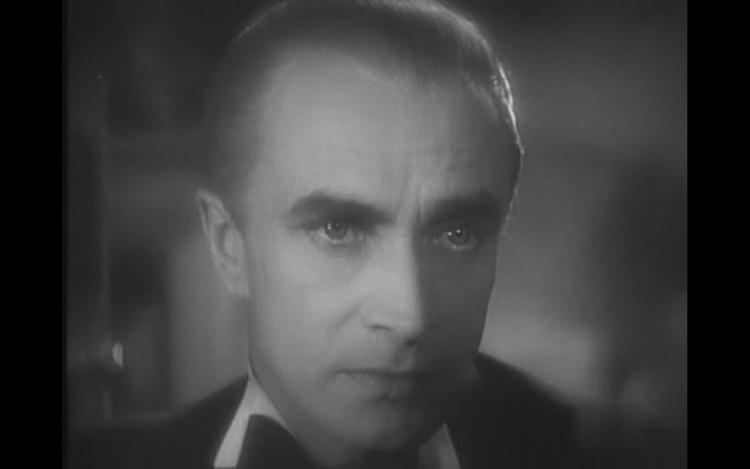
1908 play – theatre cast:
Sir Johnston Forbes-Robertson as The Stranger; Alice Crawford as Vivian; Gertrude Elliott as Stasia; Ian Robertson as Major Tompkins; Mr.H.Marsh Allen as Christopher Penny; Haidee Wright as Miss Kite; Wilfred Foster as Mr.Harry Larcom; Kate Bishop as Mrs.De Hooley; Agnes Thomas as Mrs.Sharp; Edward Sass as John Samuels;
also includes Ernest Hendrie and Kate Carlyon
Production
The film was the second British film of the Austrian director Berthold Viertel, who had previously fled Nazi Germany and had directed Little Friend in 1934. Little Friend was considered successful enough for him to be awarded a three-film contract with Gaumont, the first of which was to be an adaptation of Jerome's The Passing of the Third Floor Back after a planned biopic of Lord Byron was abandoned. Viertel saw problems with transferring it to the screen but was interested in depicting the psychological motivation of the various characters. Shooting was scheduled to last roughly six weeks and was to use a very limited number of sets with only one scene, the visit to Margate, shot outside the studio. Viertel studied the recently released film The Barretts of Wimpole Street, which was similarly set in the confined location of a house.
Viertel made only one final film after this, Rhodes of Africa.
Reception
Writing for The Spectator in 1935, Graham Greene praised the film for having toned down "the pious note" of the original play, and noted that to his surprise he had enjoyed it. He criticized director Viertel, however, for the film's difficulty in portraying the moments of "sweetness and light" with equal truth and realism.
The film was voted the fourth best British movie of 1936.
References
The Passing of the Third Floor Back WikipediaThe Passing of the Third Floor Back IMDbThe Passing of the Third Floor Back LetterboxdThe Passing of the Third Floor Back themoviedb.org
